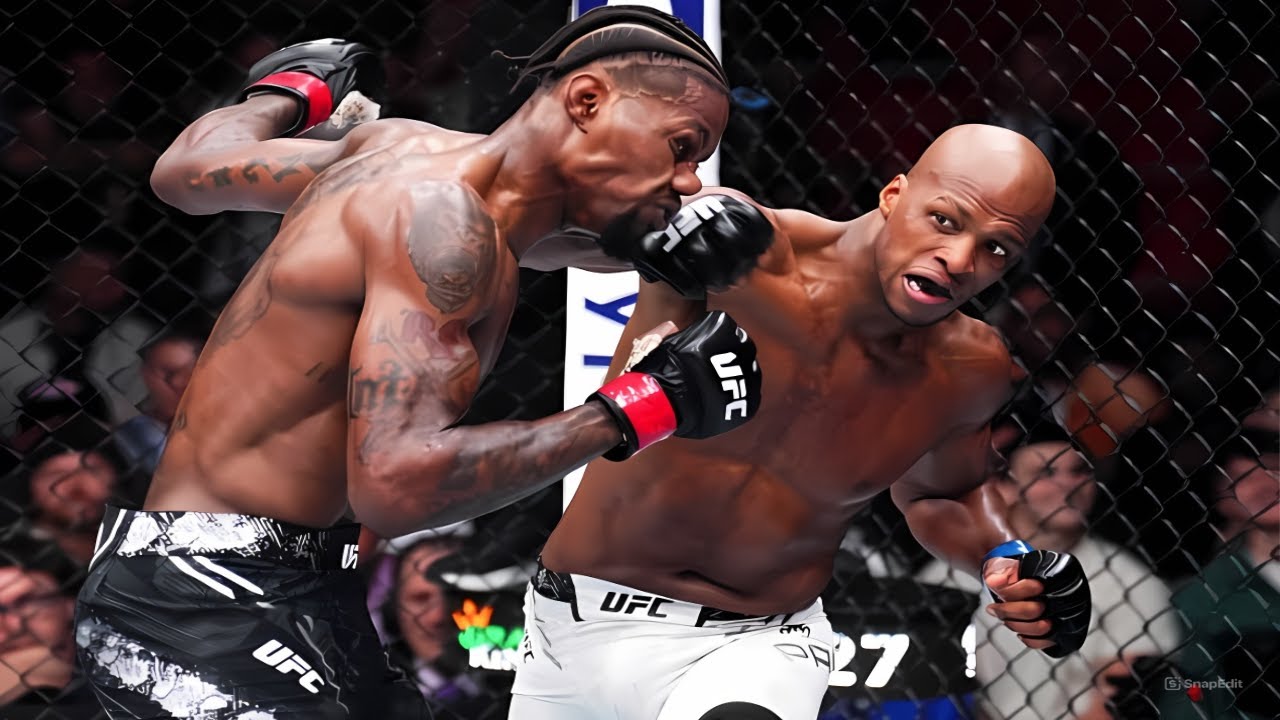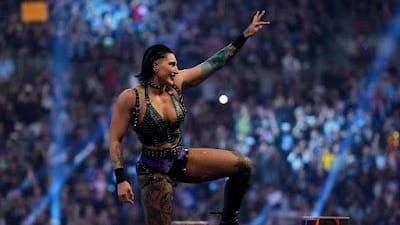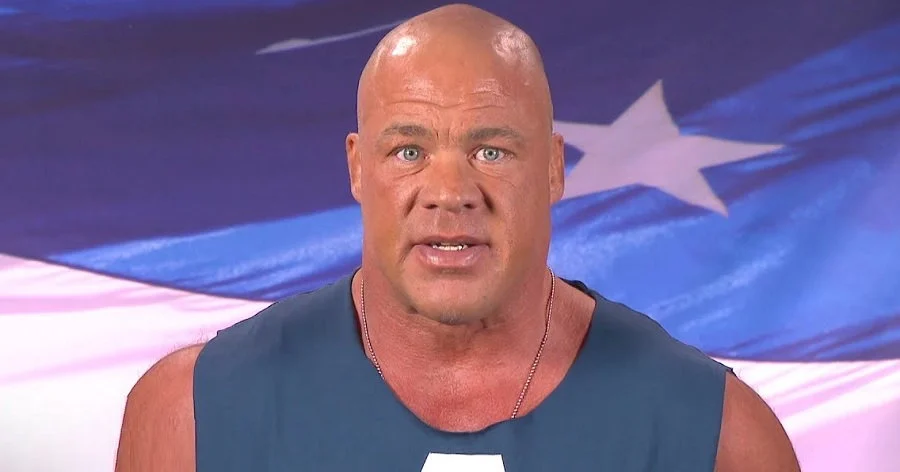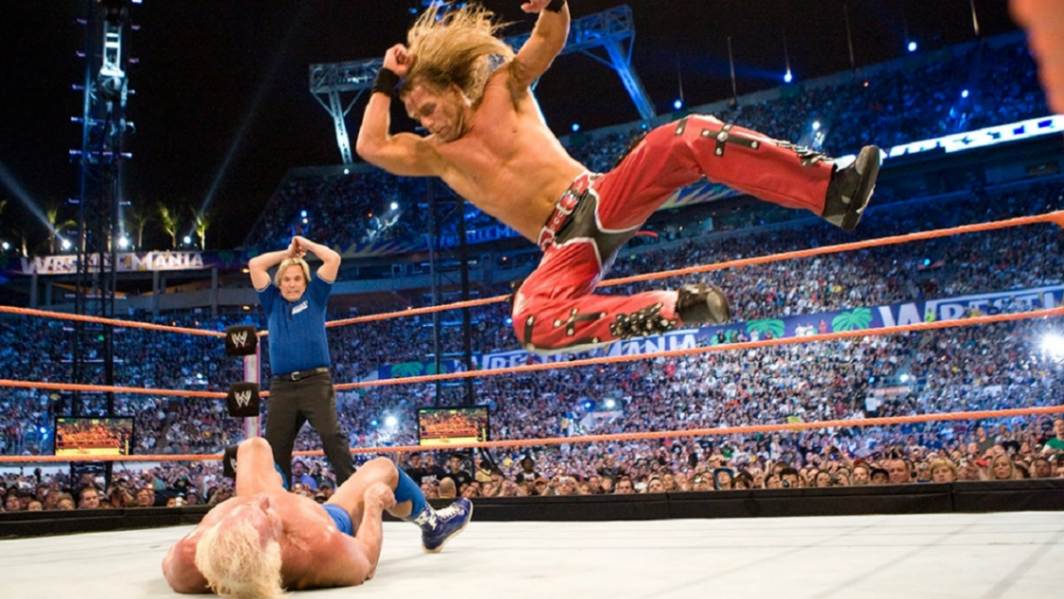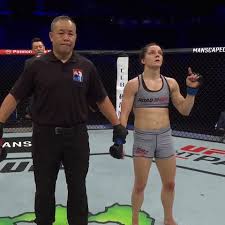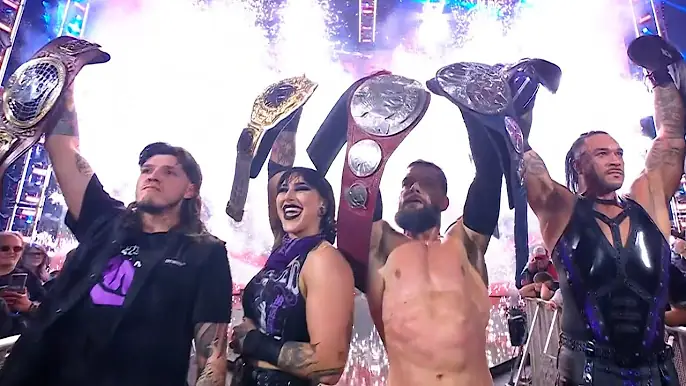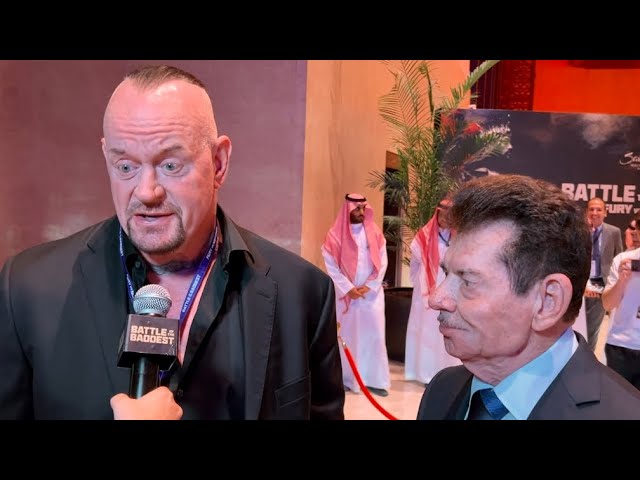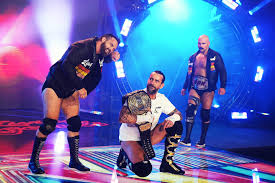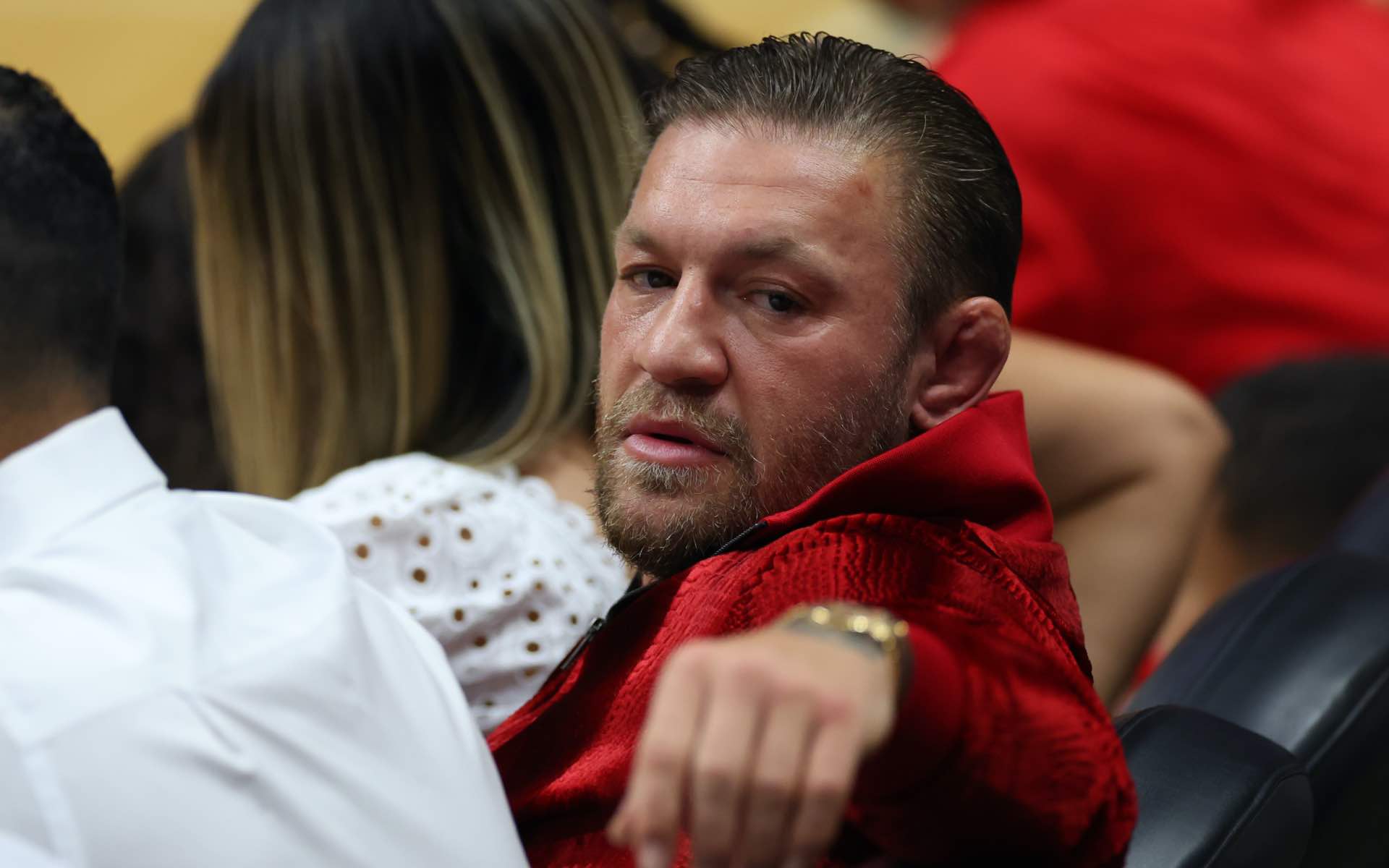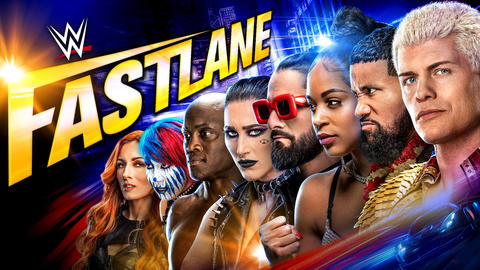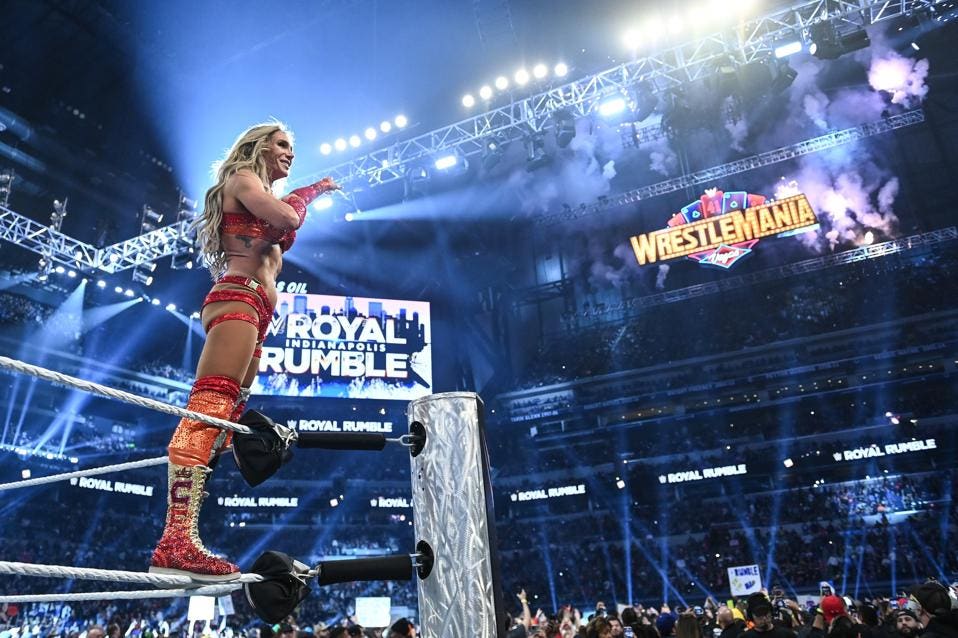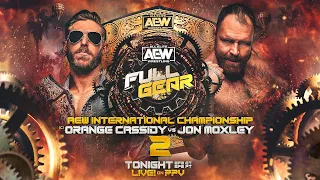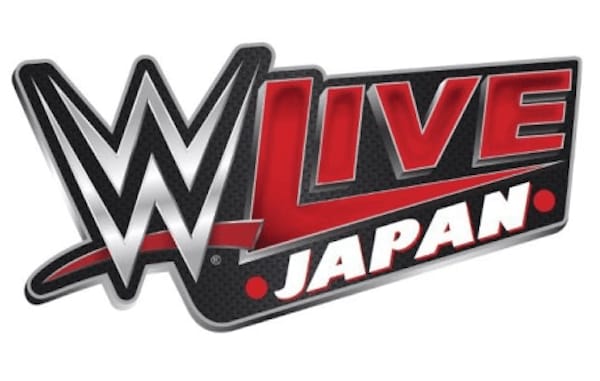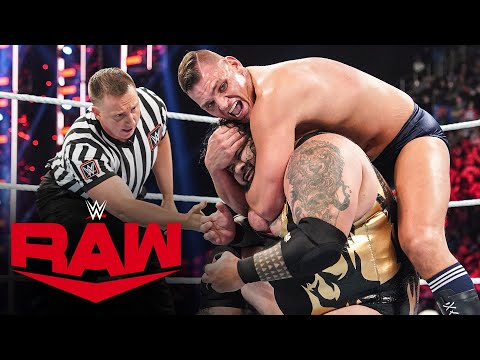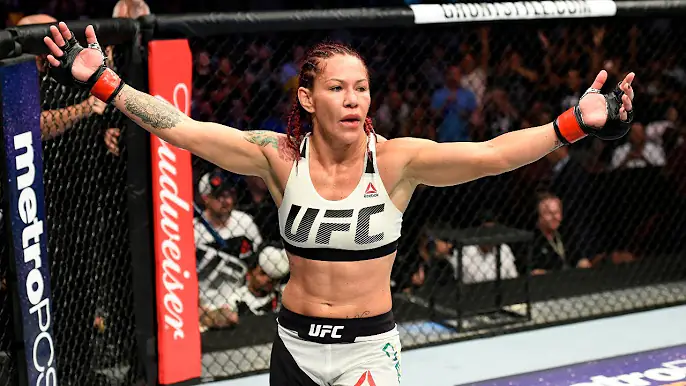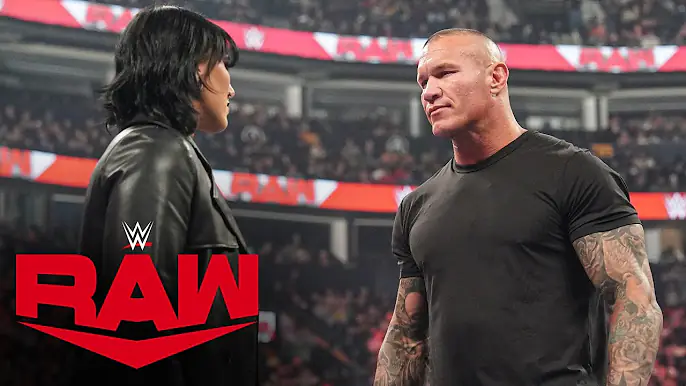The Evolution of UFC Fight Wear: From Shorts to Gloves
What had started in 1993 with the UFC has evolved radically, from the sport to the equipment and attire worn by burly gladiators. From what was, in essence, a no-holds-barred competition with very few rules and virtually no guidelines regarding pugilistic garb, replete with Chuck Taylors, the UFC has grown into a highly regulated sport with standardized fight wear, designed to ensure safety, fairness, and marketability. This article will delve into the evolution of UFC fight wear from the early days of mixed martial arts to the modern era, enlisting major changes and innovations in how fighters have dressed and competed in the Octagon.
- The Early Days: Anything Goes
Unveil: When the UFC first kicked off its inaugurating event back in 1993, there were literally no rules in place that participants established inside the Octagon. Ever since the beginning, what junior fashioning UFC wanted to prove was which fighting style proved most effective in a real fight. So, fighters wore whatever they felt gave them an edge over the opponent. This created quite a mixed bag of fight wear in the first couple of UFC shows and runs. Fighter Royce Gracie of Brazilian Jiu-Jitsu entered the octagon in his traditional white gi, which he would use presidentially in his multiple submission wins. The ability to grasp and manipulate holding in various places is what gave Royce an advantage over all of his opponents in positioning and ferreting.
Other fighters, such as Dan Severn, would wear wrestling singlets—almost like they were just going to wrestle it out—while strikers like Gerard Gordeau would just wear a pair of shorts and sometimes even go bare.
While this added to the novelty of the site, it also must have brought forward the idea that as the sport took hold and grew, to a large extent there had to be some standardization driven by consistency and safety. As the UFC went through a popularizing transition, the need to create a standard attire of dress became prudent so that real competitive equity between fighters would be set up and no one kind of dressing would turn out to be an advantage.
- Introduction of Standardized Fight Shorts
As the UFC matured during the late 1990s and the early 2000s, the organization started adopting rules and regulations on bans, one of them on attire to wear while fighting ;the most noticeable one was the adoption of fight shorts.
The will of the UFC mandated the wearing of shorts, as opposed to the use of gis, singlets, or some other form of full body uniform. Arguably, the reason for this was to provide a level of uniformity and reduce the potential chance that any one fighter could gain one over the other as a result of his or her attire. The shorts also had to meet certain specifications regarding length, material, and fit to ensure they did not hinder movement or pose a safety risk.
Immediately, fight shorts turned into a signature souvenir of MMA—with fighters and brands making custom shorts that showed a bit about them or what they stood for. Many of these shorts bore the logos of sponsors, hence turning into quite a lucrative income stream for fighters. In essence, brands such as Tapout, Hayabusa, and Bad Boy became very closely related to the sport, while some fighters like Chuck Liddell, Georges St-Pierre, and Tito Ortiz became recognized by their classic fight shorts.
The standardization of shorts was truly a benchmark in UFC’s journey from being a sideshow to a sport. It professionalized the image of the fighters—hence, that of the organization as a whole—setting the stage for further innovations in fight wear.
- Evolving the MMA Glove
MMA gloves constitute another significant innovation in the history of UFC fight wear for their marketing and development. Gloves with an optional choice have been in UFC during the initial stages of early UFC, although most of the fighters wish to face competition with bare knuckle fights. However, later, with advanced and progressive commitment towards the game, the necessity of protective gloves came into place.
The introduction of gloves was based on a combination of factors oriented toward fighter safety and the wish to minimize cuts and injuries. The first gloves used for UFC events were set up to protect hands and knuckles while keeping full access to grapple and conduct submissions. While boxing gloves are heavily padded, MMA gloves are very light with open fingers to provide the necessary grip on opponents in order to execute submissions effectively.
In 1997, at UFC 14, the gloves used in the premier UFC event became an almost unintentional trademark for MMA. Weighing between 4-6 oz., the gloves had enough padding to protect the hand, but not so much that the fighter could not deliver immense intensity and speed from MMA striking.
Design differences have drastically evolved with MMA gloves over the years. Modern-day gloves come with improved padding, increased wrist support, and are made from materials much stronger in nature. All of these have reduced the chances of injuring one’s hands, keeping most of the protective functionalities that are necessary for both grappling and striking. Brands like Everlast, UFC, and Venum have specialized gloves for all the various disciplines that MMA now entails.
Not only did gloves improve the safety of the fighter, but their introduction also increased the legitimacy of the sport into a definition more audience-friendly and less barbaric/dangerous in the public’s perception.
- The Role of Sponsorship and Branding
During its time in the growth phase, the UFC most certainly brought importance to and solicitation of sponsorship for fight wear. Fighters began getting deals with clothing companies, supplement lines, and countless other businesses; how they fought was a major way of marketing their sponsors.
Gone are the days when you could see fighters in the 2000s with sponsors all over their shorts. Most of the logos were situated in and over crucial areas for them to be visible during the fights. A lot of money changed fighters’ lives in such endorsements. Tap Out, Affliction, and Bad Boy all became placements that were splattered all over the Octagon, but also became attached to its face.
The commercialization of fight wear advanced such that it spread even to the gloves, walkout shirts, and even banners carried by the fighters at the entrance to the circle. This commercialization of fight wear was one of the major factors responsible for the financial growth of the sport, where fighters could now supplement what were sometimes meager fight purses in reality.
All this epoch of sponsorships was shut down with a stroke of the pen in 2015, when the UFC put ink to a contract with Reebok of exclusive commitment. This exclusive deal between Reebok and UFC opened the door to the standardization of fight wear across the UFC, allowing all fighters to wear Reebok gear during fights and at official UFC events.
Some men, but obviously not all, the Reebok deal was hugely controversial – docking each fighters’ ability to secure individual sponsorships – yet it also marked a new chapter in the UFC fight wear.
- The Reebok Era and Standardized Gear
Read more› A dramatic turning point in the evolution of UFC fight wear has to be the Reebok agreement deal that the UFC penned in 2015. The terms of the deal made Reebok come out as the official provider of everything related to UFC fight gear: walkout shirts, shorts, and other apparel. That essentially barred all fighters from wearing shorts or gear with the design of individual sponsors; it standardized fight wear but only with Reebok branding.
The Reebok deal standardized the bailout wear that the UFC fighters had. It was designed with a difference in color depending on the rank and an individual’s fighting class. For example; the bundling included customized gear per fighter in accordance with the weight class and an individual’s ranking besides the color, so did the design, which their gear had depicted. For example, champions wore their fight kits black and gold while the rest, other fighters wore in the color of their country.
The idea or concept of uniform gear being launched in UFC was to attach a more uniform or standardized look to it, a more polished look, and give it an image which would be almost synonymous with similar giants in sports like the NFL and NBA, whose apparel deal was exclusive to Reebok; precisely, the Reebok deal was signed in 2014 and unveiled in December last year—exactly 12 months from now, a day after Christmas. The Reebok deal, of course, would find mixed reaction from both the related fighters and fans—some liked it saying that it looked all neat, while others hated snippet income in the form of individual sponsorships—besides others that the lost individual deals and losses attached to it took off a personal form of expression through personalized fight wear.
Despite strong opinions from either side, the significance of the Reebok deal highlighted a turning point with implications on the UFC’s fight wear. It cemented further the professionalism of the organization and could now provide fighters with proper gear of the highest quality for competition.
- As UFC Fight Wear—the Venum Era
In 2021, the UFC had its official outfitter changed from Reebok to Venum. Much bigger fighters, quite literally, screamed for change in official outfitters for the biggest MMA promotion, and it seemed almost apparent that Venum, a brand firmly encrusted in the fabric of MMA and its root sport of combat, was the choice. The Venum deal built on standardized gear but added totally different designs and features that better suited the stringent demands of MMA.
The Venum fight kits continued in a familiar vein with the same elements that defined a fighter in the Reebok era: comfort, performance, and durability. Using high-quality materials advanced by fighters for ergonomic designs, the gear incorporated ways to promote better freedom of movement, ventilation, and the wicking away of moisture. Not just that, but they continue with a ranking-based color scheme that was introduced with the Reebok era in their designs, also in the style for which Venum is known.
Venum was very much embraced by the majority of the MMA community, as the brand’s commitment to sports and their performance was well accepted by both fighters and fight fans. The new fight kits bore a more genuine amalgam of professionalism and preparation according to the intricacies of the sport, much while presenting UFC as more classy than it’s ever been.
The Venum era of UFC fight wear is the latest chapter in the evolution of the sport that builds on the innovations of the past to look toward the future of MMA apparel.
- Importance of safety and performance
One of the concerns most significant that has continuously been closely tackled down the line of the evolution of UFC fight wear is the balance of safety and performance. With the sport growing widely at every basic level and the level of competition getting raised, the need for high levels of performance nervure, in terms of protective gear, requires some sense of innovation.
The modern UFC fight wear is only designed with contemporary technology so that when the fighters fight, they are at their peak and well-skilled while protected from injury. As of the moment, this is being executed in the incremental development of the design in the gloves in such away that has the hand and knuckle safe advancement, the enabling of the shorts to move and fit properly allowing maximum movement and easiness to its user, and the addition of apparel needed for sweat temperature level and management.
This also appears to be a point that is well recognized in certainty from the way the UFC has made leaps in ensuring that wear for fights is highly regulated. The gear used is supposed to follow the specifications of size, weight, and material as put across by the organization. This would see to it that all fighters come into the ring at an equal stance and that their wear would adequately get them the protection due them while under the hard physical demands of an MMA fight.
The sport will continue to evolve, driven by the technology in UFC fight wear. Collaboration between the UFC and its apparel partners will probably lead to further innovations for safety and performance, providing fighters with the best equipment when they step into the Octagon.
- The Future of UFC Fight Wear
But that is just the continuation of the evolution of UFC fight wear. And this tendency means that, with increasing popularity and professionalism, the competition level grows and interest in high-quality, innovative gear grows even stronger. A more reasonable flux of these elements will further the case of progressively good fight wear, good at enhancing performance with most protection.
Newer areas of innovation could be smart textiles and wearable technologies. Innovations of such a type could encompass fight wear that would be able to monitor biological signals, tracing movement with real-time data that could be converted into improving training and fighter performance. Additionally, advances in sustainability with eco-friendly materials may lead to the option of more environmentally-friendly fight wear.
Another area where potential growth is, would be in customization and personalization. The industry has adopted more standardized gear but that doesn’t eliminate the desire on the part of fighters or fight fans to around more personalized fight wear that communicates distinctiveness — the great wave of digital printing and customization technologies means it’s possible to personalize fight kits in a way which maintains the professional image of the UFC.
With the UFC’s ongoing march toward international waters, the organization might also open themselves up to some multimillion-dollar deals with other apparel brands or even regional collaborations in an effort to embrace diversifications across cultures and markets that their sport is opening into. That may result in some unique fight kits and gear that represent the global nature of the sport of MMA, with the UFC having an international fan base. With so much potential, the future of UFC fight wear is very promising for the growth the sport has in store. The consequent pursuit of excellence in both function and protection guarantees innovation; indeed, UFC fighters will continue to be furnished with the very finest equipment, allowing them to display their world-class talent.
Conclusion
UFC fight wear development, therefore, has stood for stages wherein the sport has passed on from its founding as a public spectacle of no-holds-barred to its current state of mature championship and regulation. Many miles have UFC fight wear traveled from the early days when combatants were being sys in gis, singlets, and such with scant regard for rules. The condition of safety and performance has only been etched into place and continually evolved with each market age of UFC fight wear. The advent of standardized shorts, gloves, and exclusive apparel deals has helped elevate the sport, making sure that the fighters are properly equipped while maintaining a consistent, professional look. UFC fight wear in the future is promising more innovation and creation as the sport grows. Octagon-specific gear will continue being redesigned, updated with respect to new age materials, smart technologies, or whatever it may be to continue the trend of the changing landscape for that case in mixed martial arts.
